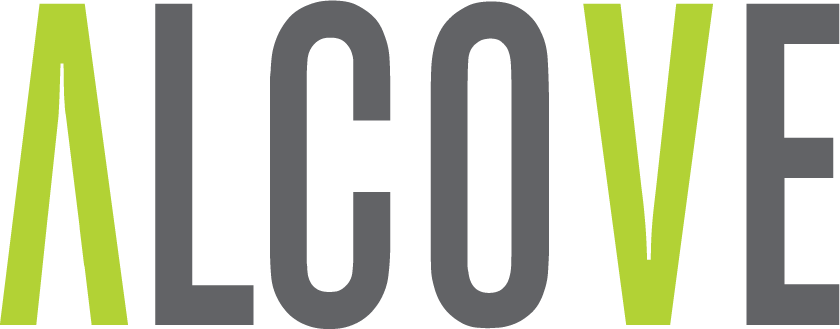Immersive Design – An Integrated Workflow
With the use of modernized technology – hardware and software, we at Alcove now give our clients an opportunity to have a real life experience of their spaces in a virtual world that would be similar to the built real.
These immersive 3D experiences eliminate the inconveniences of production, shorten the feedback loop, and give us more time to design.
So, how does this benefit clients more when compared to traditional digital design software?
For one, our clients have the opportunity to make changes on the fly. If they see a colour scheme they don’t like, they can use our virtual reality design software to make changes on the spot.
The end-result is that the client gets to visualise the spaces we create. Plus, the changes they make get recorded. So, not only do we have happier clients, but we also have a better record of what the client wants from the project.
With this individual experience our clients get more out of our designs.
Demo video of the 3D visualization tool showing real-time design changes in a project.
We can put our client right in the middle of the model and let them explore. This simulated “world” offers a much more accurate representation of what we are going to create for them in real life. They can feel and explore the space, rather than trying to imagine it. It easier for clients to spot issues that need to be addressed. As a result, we spend less time trying to figure out what’s wrong with the model, plus we don’t end up ploughing ahead on a design that our client doesn’t like.
VR isn’t just for displaying your models to clients. It’s a tool that can be used throughout the entire design process. From design through to construction, VR helps us to make things more efficient. This saves time and money. However that’s not the only benefit. The potential for using VR for training is immense. With the proper application, VR can help us create safer and more efficient workspaces. The long-term benefits of this practice speak for themselves. Fewer mistakes means less time and money spent on fixing the sort of issues that can delay projects.
The use of virtual reality design software ensures that we stand out from the crowd and leave our clients wanting to see more.
